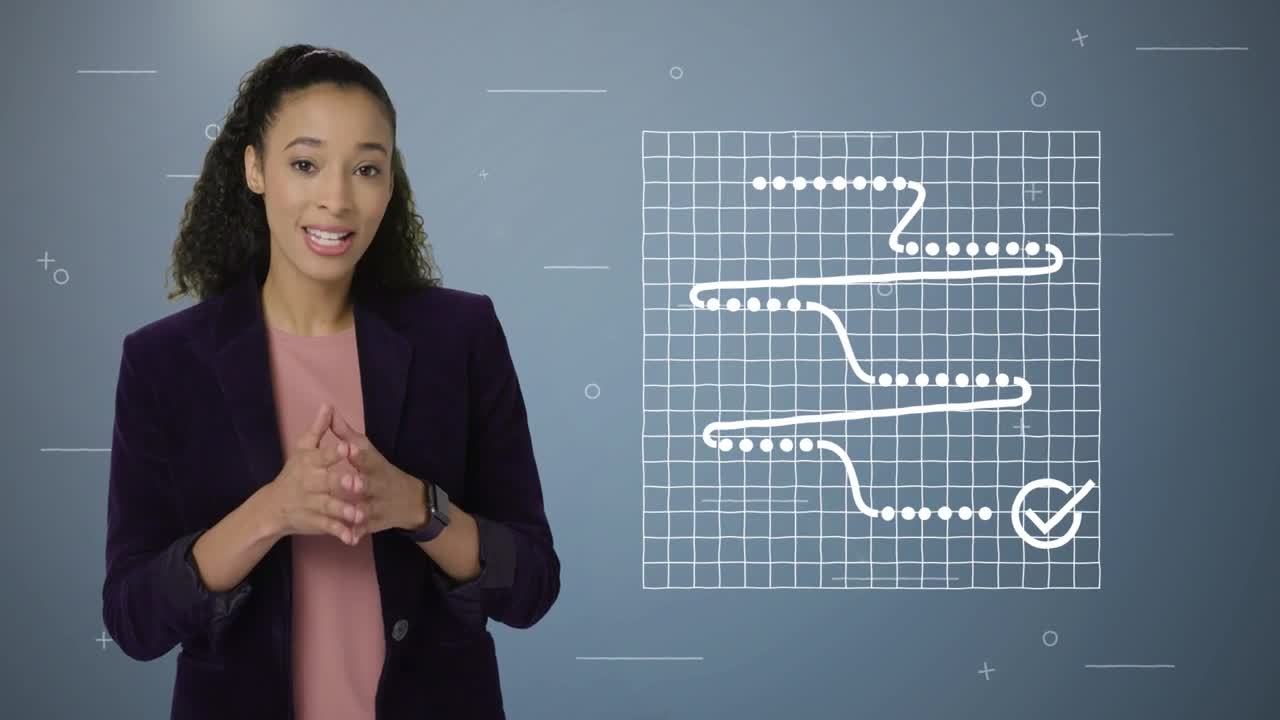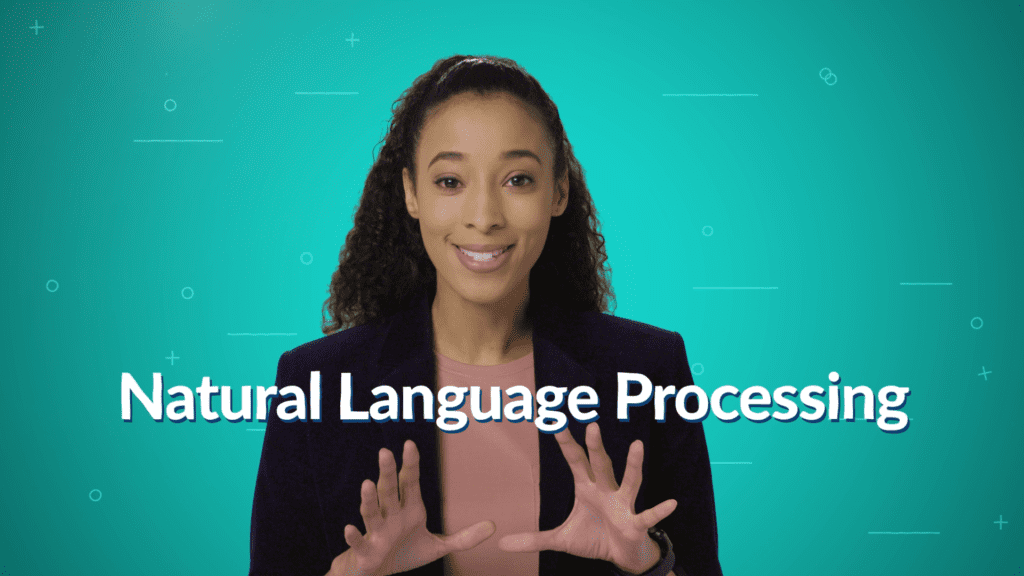What’s the Difference Between Natural Language Processing and Natural Language Understanding?
The season premiere of our explainer video series Lucid Thoughts is ready and waiting! Just press play:

In this first episode, our host Tia explains the differences between natural language processing, natural language understanding, and natural language generation – and how deep learning is crucial in getting you and your users better search results, faster.
These three terms are often used interchangeably but that’s not completely accurate. Natural language processing (NLP) is actually made up of natural language understanding (NLU) and natural language generation (NLG).

Natural language understanding is how the machine takes in the query or request from the user and use sentiment analysis, part-of-speech tagging, topic classification, and other machine learning techniques to understand the intent of what the user has said. This also includes turning the unstructured data – the plain language query – into structured data that can be used to query the data set.

Natural language generation is how the machine takes the results of the query and puts them together into easily understandable human language. Applications for these technologies could include product descriptions, automated insights, and other business intelligence applications in the category of natural language search.
The end result is apps and devices that we can talk to just like we talk to another person. >
You can binge-watch all of season two or jump on back to watch season one.
Subscribe to the Lucid Thoughts channel and be sure to leave your questions and comments on each video.